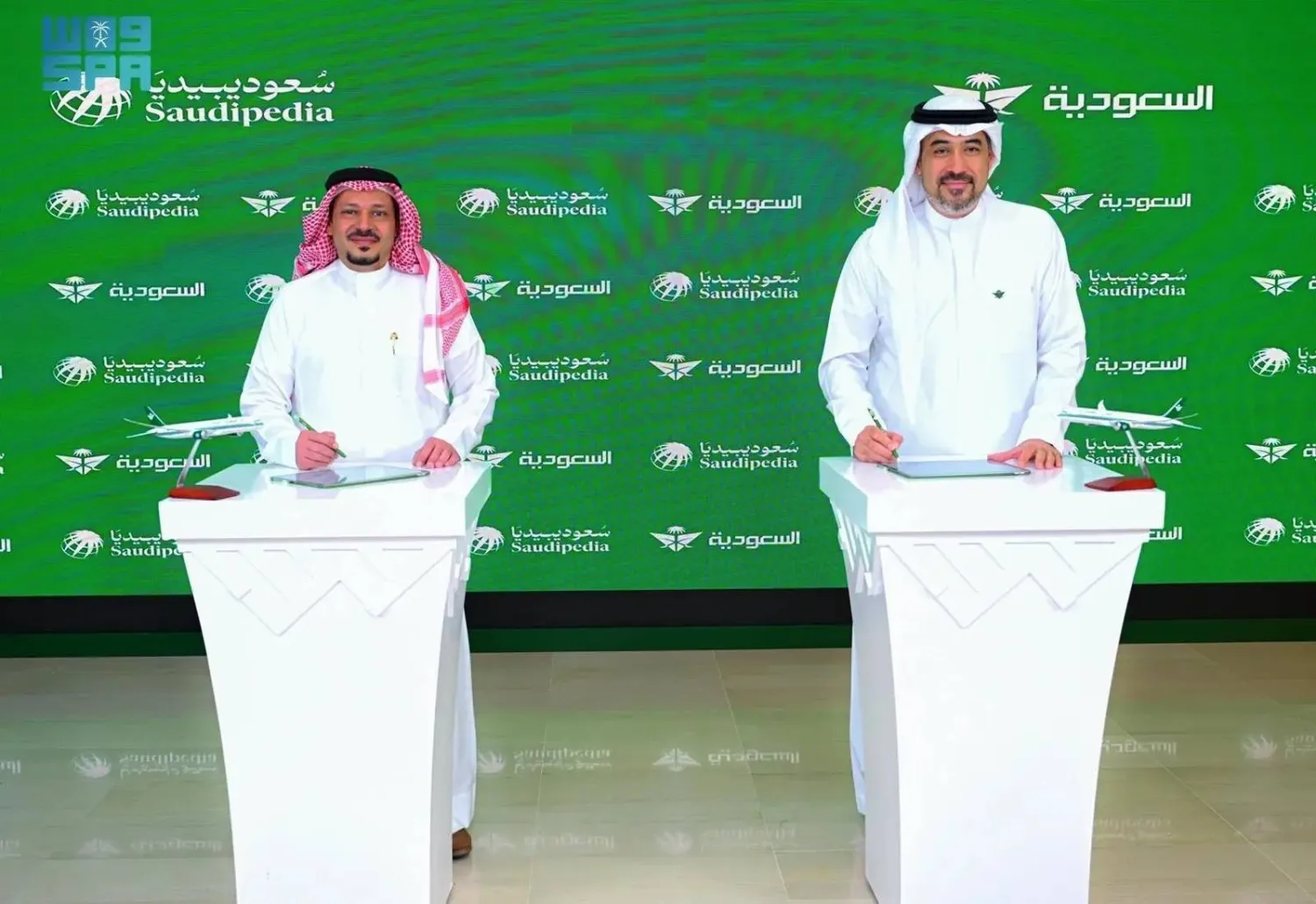The King Salman Global Academy for the Arabic Language (KSGAAL) and the Saudi Esports Federation (SEF) have launched an Arabic esports glossary targeting gaming enthusiasts, and aiming to boost involvement in Saudi Arabia's esports events.
The move is part of the academy's strategic goals and aligns with the Human Capability Development Program (HCDP) under Saudi Vision 2030.
KSGAAL Secretary General Dr. Abdullah bin Saleh Al-Washmi noted that the academy is the primary reference for Arabic language in Saudi Arabia, SPA reported.
Previous collaborations between the two entities resulted in glossaries for government entities in areas like energy, digital government, data, and AI.
Al-Washmi stressed that the esports glossary bridges communication gaps, documents the sector's linguistic landscape and standardizes terms. It also addresses the influx of foreign terms and advances the use of Arabic terminology in esports. This aligns with Saudi Arabia's undertakings in the esports sector, including the National Gaming and Esports Strategy launched by HRH the Crown Prince in 2022.
The glossary stands out for its thorough inclusion of esports terminology, including newly coined expressions and their evolving interpretations. It employs a practical methodology by defining terms, tracing their origins, and providing accurate English translations that capture their specific usage in the esports realm.
Containing over 505 terms in both Arabic and English, each entry is accompanied by detailed definitions and grammatical annotations in Arabic. These terms are systematically categorized in various esports genres, like football, combat sports, adventures, racing, and wrestling.







